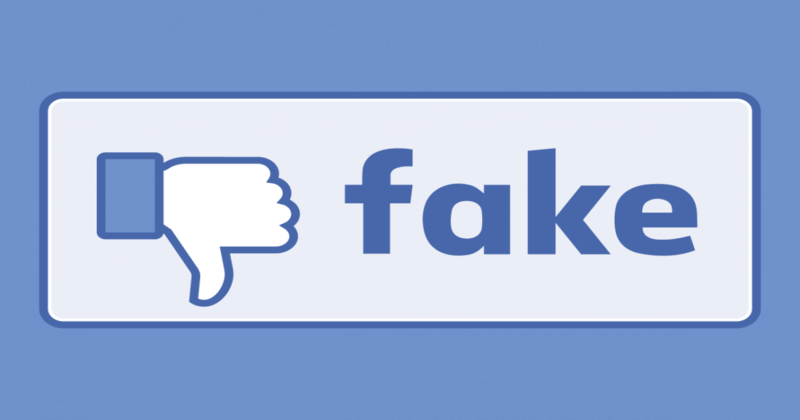
Facebook has its own internal mechanism to fight the spread of false news. It uses a mix of technological solutions, human reviewers, and educational programs that promote news literacy. One can complain as per the Facebook Community Standards, by clicking the three dots at the top of a post. Let’s check how this information is used.
To rank a post in your newsfeed, Facebook examines thousands of different data points, or signals, about the posts that have been shared by your community, which includes people you’re friends with and pages you follow. Signals include things like the oldness of the post, name of the person who posted, the speed of the internet connection, make of the phone etc.
A machine learning classifier is used by the Facebook to compile all misinformation signals and compare the post and give predictions. These predictions are further used to determine whether a given piece of content should be sent to third-party fact checkers. After a check-up by the fact checker, if a content is identified false, it will be shown less in the News Feeds and also additional reporting from the fact checkers will be provided.
The more the feedback the more accuracy. But Feedbacks are not the sole things which initiate a fact-checking as feedbacks are subjective.
See also:Jyoti from Malappuram married Rajkumar from Tamil Nadu; Another success of Facebook matrimony
Facebook improves its classifiers constantly. Classifiers improve their prediction capability by looking at a variety of examples of the thing they are trying to identify. So in order to find meaningful patterns classifiers have to be fed with more data, which include cultural, regional and linguistically sensitive data.
Let’s learn how to recognize a false news and refrain ourselves from spreading it:
Look at the headlines
False News often has catchy headlines in all caps with exclamation points. If the claim seems to be unbelievable, it will be false for sure.
Check the link
A look alike or a phony URL sometimes act as an indicator for a false news. Majority of false news sites mimic authentic news sources by altering the URL. The solution is to visit the original site and compare the URL.
Examine the source
Only accept the news from a reputed or accurate source. In the case of stories from unfamiliar sources, check the ‘about’ section of their pages and learn more about them.
Awkward mistakes, typos
The false news sites will have totally awkward layouts and have lots of misspellings. Examine the news and verify.
Wow, a nice photo?
False stories take the help of manipulated images or videos to make an appeal to them. Sometimes authentic photos are used out of context. Check the photo or image to verify the source.
Is the date correct?
False news stories contain beguiling timelines or altered event dates.
Verify the author
Verify the author’s source to confirm the accuracy. Lack of evidence or reliance on unnamed experts may indicate a false news story.
Look for other sources
A story which is reported by multiple sources that you trust will be probably true.
Watch out for sarcastic posts
There are lots of humor or satire out there on Facebook.So don’t misunderstand a satiric or a parody post to be a real one.
Think Critical
There are news stories for manipulations, that is, intentionally false news. Think critically and only share the credible news.

Post Your Comments